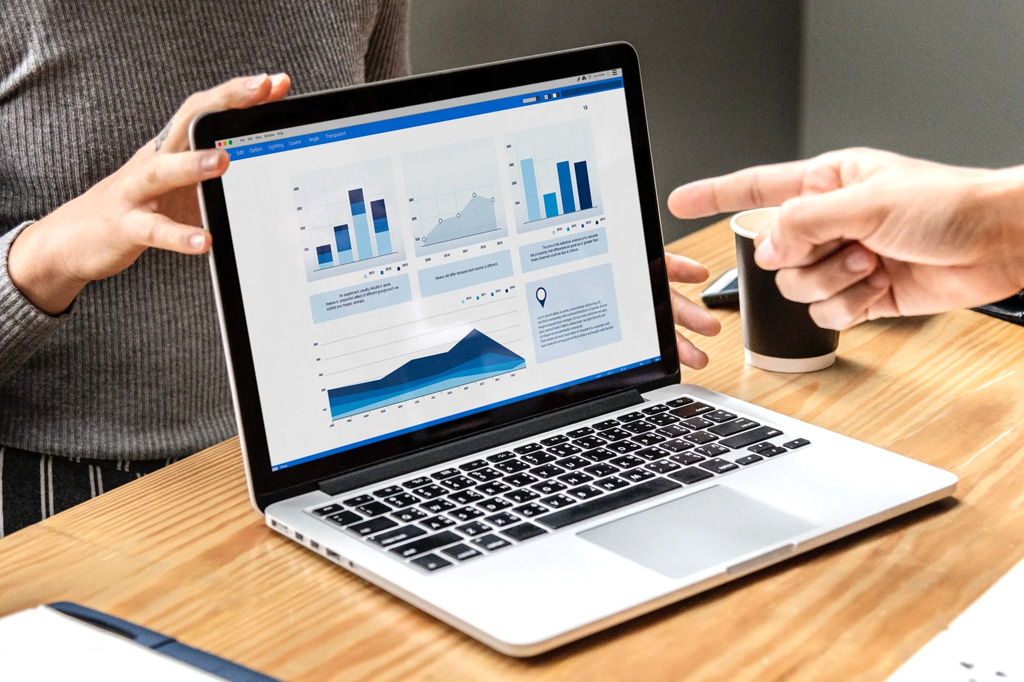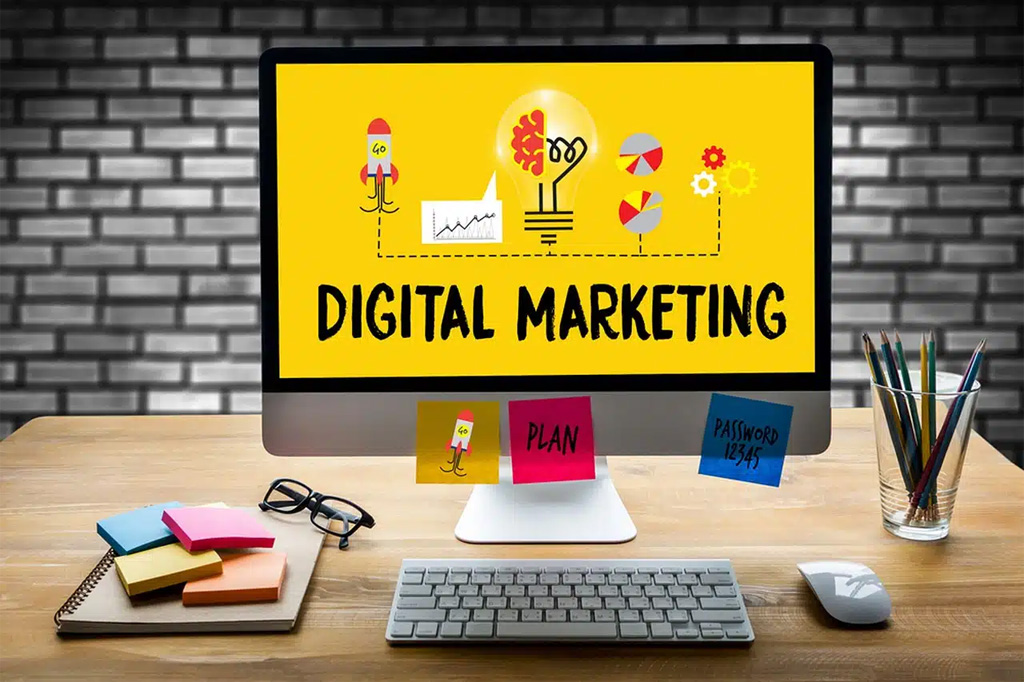
Digital advertising offers businesses a flexible and cost-effective way to reach their target audience. However, the cost of digital advertising can vary significantly depending on the platform, ad type, industry, and campaign objectives. Understanding these factors is crucial for setting a budget and optimising your advertising spend.
This guide will break down the key factors that influence the cost of digital ads and provide a look at the average costs across popular platforms like Google, Facebook, Instagram, and more.
1. Factors That Influence the Cost of Digital Advertising
Several factors impact the cost of digital advertising. By understanding these, businesses can make informed decisions about how to allocate their budgets effectively.
a. Platform Choice
Different platforms charge different rates for advertising. For example, Google Ads tends to have higher costs for competitive keywords, while social media platforms like Facebook and Instagram may offer more affordable options for certain industries.
b. Audience Targeting
The more specific your audience targeting, the higher the cost. For instance, targeting by location, age, interests, and behaviours will often lead to higher costs, as you’re narrowing down your audience to those most likely to convert.
c. Industry and Competition
Highly competitive industries, such as legal services, finance, and insurance, tend to have higher ad costs due to the intense competition for keywords and placements. Niche industries with fewer advertisers may see lower costs.
d. Ad Format
Different ad formats come with varying costs. For example, video ads tend to be more expensive than text or image ads due to their higher production value and engagement potential.
e. Bidding Strategy
Most digital platforms operate on a bidding system. Whether you choose Cost-Per-Click (CPC), Cost-Per-Impression (CPM), or Cost-Per-Acquisition (CPA), your chosen bidding strategy will influence the overall cost.

2. Average Costs Across Popular Platforms
Let’s take a look at the average costs associated with advertising on major digital platforms in 2025:
a. Google Ads (Search & Display Network)
Google Ads uses a Pay-Per-Click (PPC) model, meaning you only pay when someone clicks on your ad. Ads pricing depends largely on the keywords you’re targeting. Highly competitive keywords, such as those in legal or financial services, will have higher costs compared to less competitive terms.
b. Facebook & Instagram Ads
Facebook and Instagram ads offer flexible pricing based on your audience, placement, and bidding strategy. The Cost-Per-Click (CPC) and Cost-Per-Impression (CPM) models are the most common. Facebook’s sophisticated targeting options allow you to refine your audience, but niche targeting can lead to higher costs.
c. LinkedIn Ads
LinkedIn is ideal for advertising, allowing businesses to target professionals based on job titles, industries, and company size. However, LinkedIn ads are typically more expensive than Facebook or Instagram due to the platform’s focus on a professional audience.
d. YouTube Ads
YouTube video ads are becoming increasingly popular as video content continues to dominate the digital space. These ads can be in the form of skippable pre-roll ads, non-skippable ads, or display ads within the YouTube interface.
e. TikTok Ads
TikTok has emerged as a major advertising platform, especially for brands targeting younger audiences. These ads are primarily video-based and include formats such as in-feed ads, branded hashtag challenges, and top-view ads.
f. Twitter Ads
Twitter offers promoted tweets and trending hashtags as ad options. Ads on Twitter are typically used for increasing brand awareness or driving engagement through retweets, likes, or comments.
3. Cost Models in Digital Advertising
Digital platforms typically offer several bidding strategies, and understanding the differences is key to managing your ad spend effectively.
a. Cost-Per-Click (CPC)
With CPC, you pay for each click on your ad. This model is ideal for campaigns focused on driving traffic to your website or landing pages. It ensures you only pay when someone takes action (i.e., clicks).
b. Cost-Per-Thousand Impressions (CPM)
In the CPM model, you pay for every 1,000 times your ad is displayed. CPM is commonly used for brand awareness campaigns where the goal is to increase visibility rather than direct engagement.
c. Cost-Per-Acquisition (CPA)
With CPA, you only pay when a specific action is taken, such as a purchase or sign-up. This model is highly performance-driven and often used for conversion-focused campaigns.
d. Cost-Per-View (CPV)
Used primarily for video ads, CPV charges you every time someone watches your video (typically after 30 seconds or the full ad if shorter). This model is common on platforms like YouTube.

4. How to Budget for Digital Advertising
To determine how much to budget for digital advertising, consider the following:
a. Define Your Goals
Are you looking to drive traffic, increase brand awareness, generate leads, or drive conversions? Your goal will influence which platform and ad format to use, as well as how much budget to allocate.
b. Research Industry Benchmarks
Different industries have different average costs for CPC and CPM. Research industry-specific benchmarks to set realistic expectations for your campaign costs.
c. Start Small and Scale
If you’re unsure about how much to spend, start with a smaller budget and test different ad formats and targeting options. As you gather data on performance, you can scale up your budget for better-performing campaigns.
d. Use Retargeting
Retargeting can help you make the most of your budget by showing ads to users who have already interacted with your brand. These users are more likely to convert, reducing your overall cost-per-acquisition.
Final Thoughts
The cost of digital advertising in 2025 varies based on platform, industry, audience, and ad format. By understanding these factors and choosing the right bidding strategy, businesses can create cost-effective campaigns that deliver measurable results.
Whether you’re running ads on Google, Facebook, LinkedIn, or TikTok, managing your budget and optimising your campaigns is essential for maximising ROI. North West Website Design can help you create a tailored digital advertising strategy that fits your budget and business goals, ensuring you get the best return on your ad spend.
